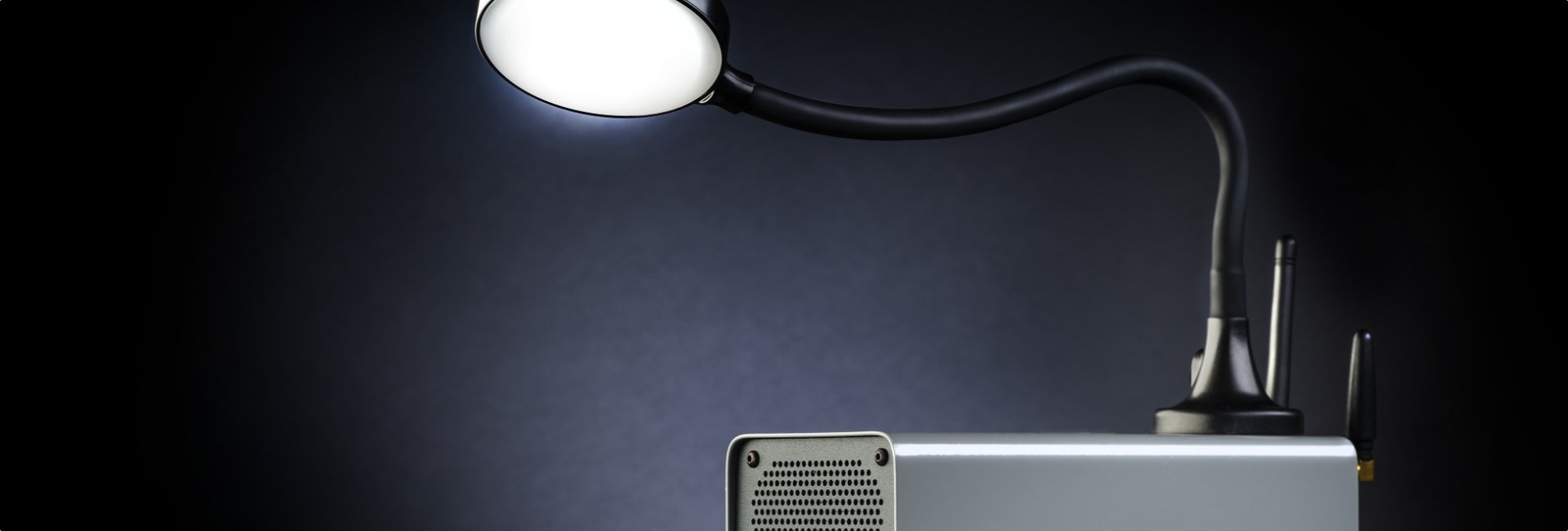Bundled pricing, also known as price bundling, is a common pricing strategy brick and mortar and eCommerce retailers use to sell more products at a higher margin while still providing a discount to the shopper.
Bundle packages contain more products, usually the main product with other complementary products. For example, getting a camera with a photo album and different lenses is considered bundled pricing.
Customers love bundles because they receive all of the products they need without having to look for them on a different aisle or to order from a different store. It’s easier for shoppers to purchase bundles. Also, the price of the bundle is smaller than purchasing all of the items separately.
Why is bundled pricing important?
Bundled pricing is great for retailers because it helps them sell less popular items. Also, this strategy is used to sell more products quicker. Bundling products is an effective pricing strategy because pricing is the most important P in retail marketing. Price is the ultimate differentiator that makes customers purchase or leave the cart empty.
Price bundling can offer more value to shoppers, but it can also hurt the retailer’s image if it is not implemented correctly. In order to make sure that you don’t damage your image, you will need to find products that actually make sense together and offer a good price. If the customer can find those products easily by themselves and their price is smaller or similar to the one of the bundle, they will choose to purchase separately.
Examples of bundled pricing
Bundled pricing is a common strategy used by different businesses, from retail to restaurants and even banks.
For instance, retailers use bundled pricing for cleaning products. Most detergents also come with dryer sheets or with laundry balm. Another example comes from restaurants. Often, restaurants offer food and beverage bundles (large pizza with a soda, appetizers with the first course, and so on).


